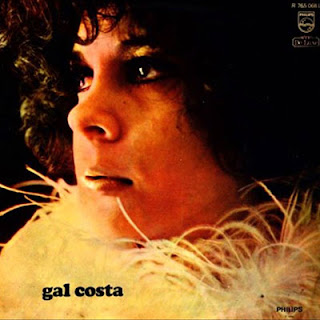Angus Boyd "Gus" Dudgeon (30 September 1942 – 21 July 2002) is rated as one of the greatest British producers of all time; his work is in millions of homes across the world. He oversaw many of Elton John's most acclaimed recordings, including his commercial breakthrough, "Your Song".
Angus Boyd Dudgeon was born in Woking, Surrey, England. After being expelled from Harrow School, he attended A. S. Neill's experimental and democratic Summerhill School. After seeing a job vacancy in the newspaper, his mother steered Dudgeon towards Olympic Studios where he worked as a tea boy before becoming a staff engineer at Decca, despite a lack of any musical training. Here he worked for more than five years, on such hits as the Zombies' She's Not There (1964), and John Mayall's classic Bluesbreakers with Eric Clapton (1966). He also helped audition Tom Jones and the Rolling Stones for the label.
His first co-production credit came in 1967 with the debut album named after the progressive blues band Ten Years After. A year later, encouraged by Stones manager Andrew Loog Oldham, he left Decca to found his own production company. Around this time, he also produced the Bonzo Dog Band albums, The Doughnut in Granny's Greenhouse and Tadpoles. After leaving Decca, where he had been an engineer on David Bowie's debut, Dudgeon produced Bowie's "Space Oddity" (1969). Tony Visconti agreed to produce the album, but not the single which he regarded as a novelty tune, and suggested Dudgeon instead.
He went on to produce the second album by Elton John, then better known as a session musician than an artist in his own right. His label, DJM, had modest hopes for the project; as for John, he saw himself as a songwriter. Dudgeon, meanwhile, felt he had been commissioned to do a "glamorous demo". But the eponymous album featured the perennial Your Song, and broke John as an international star, although Dudgeon's epic production, featuring a full orchestra and choir, left some critics unimpressed. He later claimed to have turned down John's piano playing on the track, to cover up mistakes made by the nervous performer.
Dudgeon went on to produce all John's classic albums of that era: Tumbleweed Connection (1970), Madman Across The Water (1971), Honky Chateau (1972), Don't Shoot Me I'm Only The Piano Player (1973), Goodbye Yellow Brick Road (1973) and Captain Fantastic And The Brown Dirt Cowboy (1975). On these records, he used his lack of a signature production style to advantage, turning out wildly different- sounding records to fit John's diverse songs. Thus, the 1973 single Daniel is quiet and understated, which was the opposite of the previous year's Rocket Man, a production extravaganza on which Dudgeon simulated the sound of a space launch with a slide guitar.
Dudgeon's role in Elton John's success should not be understated. "Once Elton had done what he had to do, which was play the piano and sing, he left," said Dudgeon. "Whatever you hear on the records that's over and above the essential construction of the song is down to myself and whoever else was working in the studio." |
| Gus with Millie Jackson, Bernie Taupin and Elton John |
In 1972, Dudgeon produced Joan Armatrading's debut, Whatever's for Us, written by Armatrading and her then collaborator Pam Nestor. He also produced two singles for the duo, "Lonely Lady" and "Together in Words And Music". Both tracks were later added to the re-mastered CD of the Whatever's For Us album (2001). He also produced two highly successful albums for Elkie Brooks: Pearls and Pearls II, the former peaking at No. 2 and remaining in the UK Albums Chart for 79 weeks.
 |
| Gus with Judith Durham |
On 21 July 2002, Dudgeon and his wife, Sheila, died when their Jaguar veered off the M4 between Reading and Maidenhead. The inquest recorded a verdict of accidental death, noting that he was intoxicated and had possibly fallen asleep at the wheel while driving well in excess of the speed limit. He and his wife both suffered severe head injuries, were trapped in the car which landed in a storm drain. At the time of his death, he was managing a band called Slinki Malinki. (Edited from The Guardian & Wikipedia)

















.jpg)





























